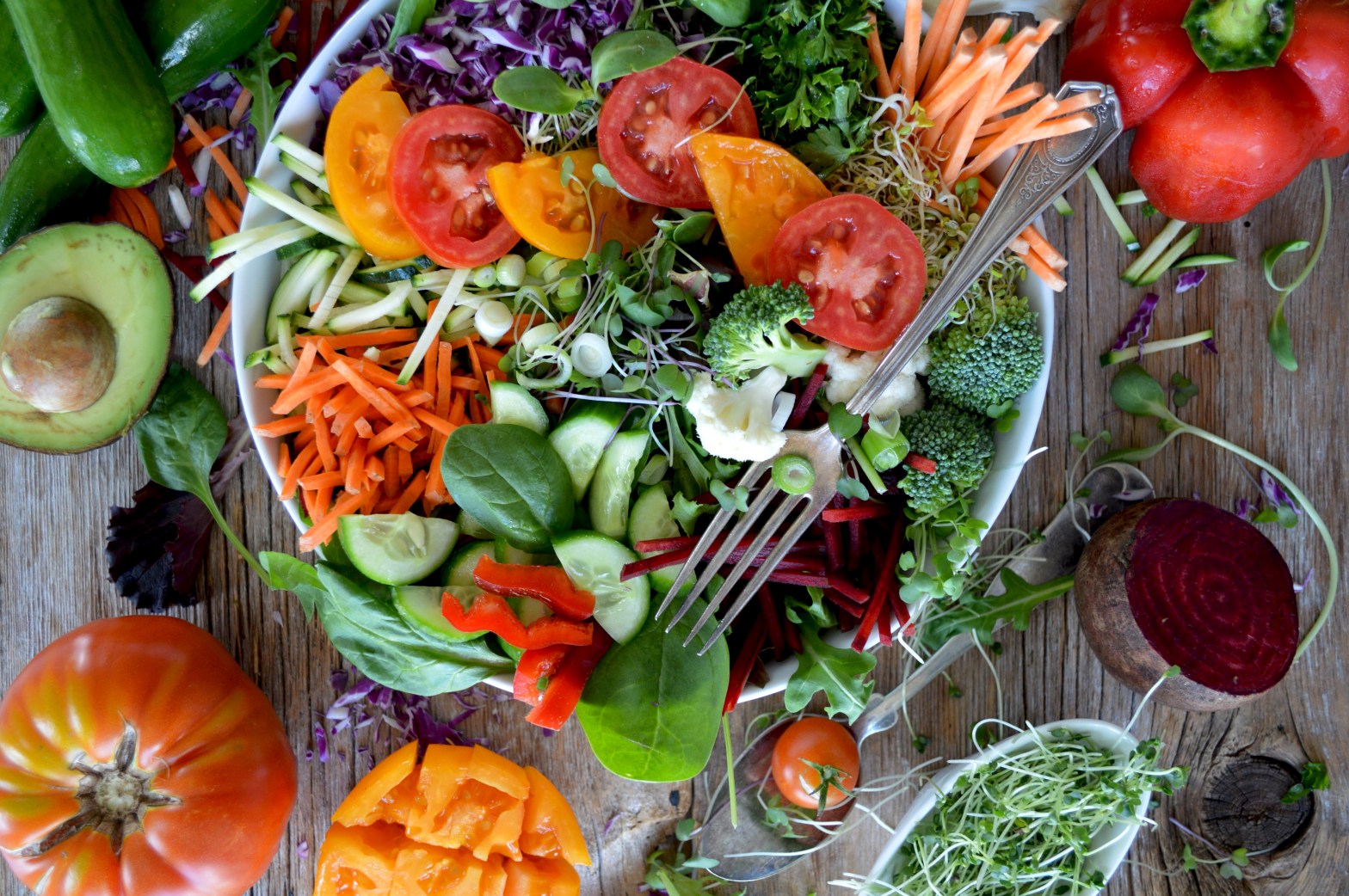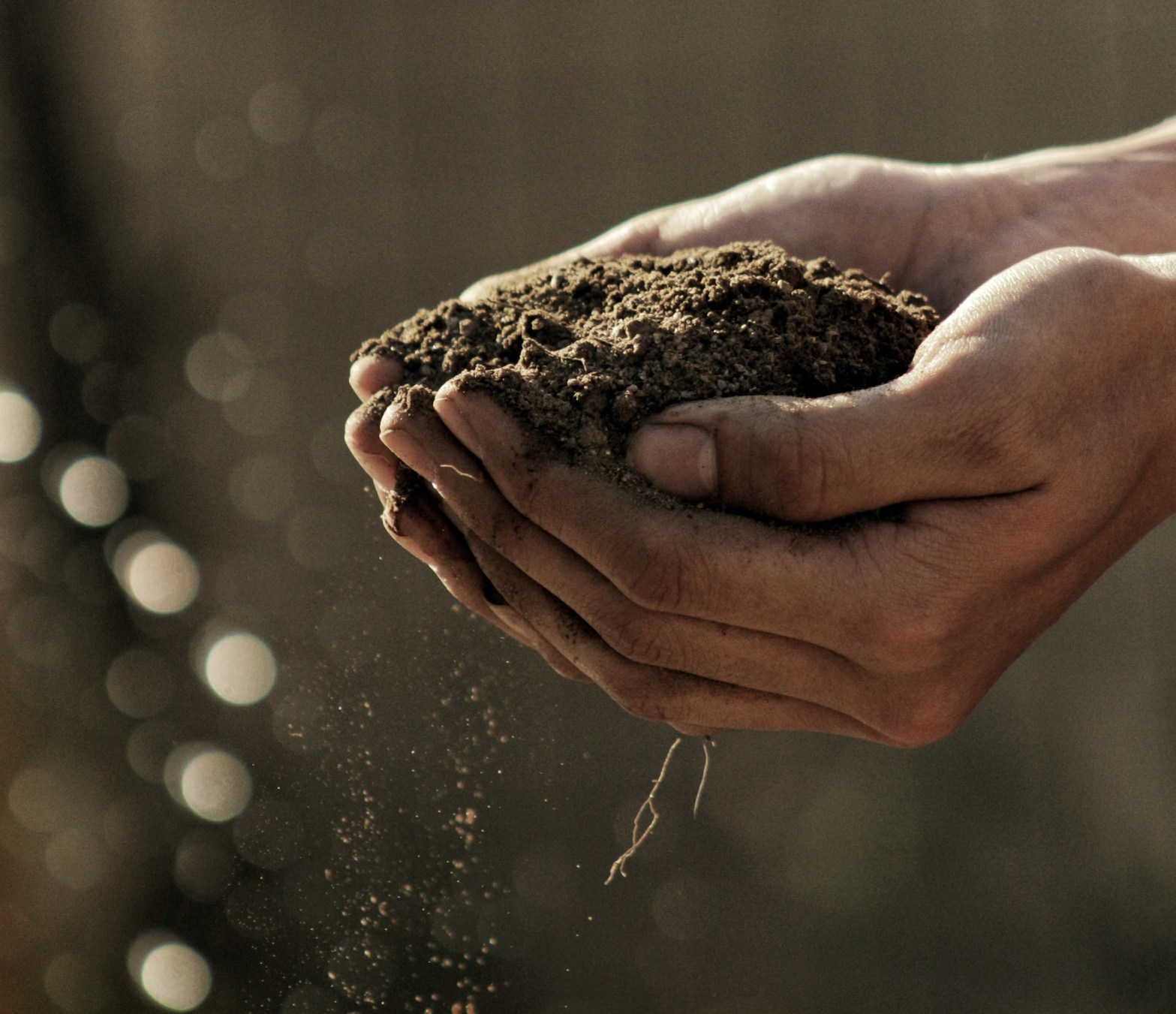~~ by tkbrown
19 November 2020 — From time to time, I begin to think anew upon the days when I was young, the things I did, the things I learned–things most folk today would have no idea how to do. I am thankful for those days, and I have fond memories of the learning, the doing, and the being a part of . . . whatever process was taking place.
I grew up on a farm in the middle of Brown Hollow in the heart of the Ozark Mountains–Southen Missouri, USA. We worked eighty acres–the back forty belonged to us, and the front forty belonged to my uncle. My uncle’s forty acres had an old clapboard house that served as our home. Life was not easy on the farm. We grew most of our food, herded cattle, sheep, a pig sty, rabbits, chickens, ducks, turkeys, guineas–you name it, we probably had it at some point in time–not really, but it often seemed to be the case.
Each summer, we grew a ten-acre garden and a small (probably an acre or so) kitchen garden right behind the house. Five acres of the main garden were dedicated to vegetables of various sorts. Each year, this section included some new vegetable. My Mama loved trying new vegetables–most often chosen from the Henry Fields Seed Catalog, the Burpee Seed Catalog, or from a brother or some neighbor’s son who were selling seeds as an FFA Project (Future Farmers of America). Through her venturesome nature I got my first exposure to Kohlrabi, Rutabagas, Peanuts, Beets, and learned of the many and varied types of tomatoes, green beans, etc. When it came time to plant or hoe, those rows seemed to never end. The remaining five acres were planted in corn and potatoes. The corn was mainly used to feed the stock during the colder months, but part of it was put into the freezer or canned to be eaten with family meals.
The potatoes were one of our staples. Our evening meals almost always consisted of cornbread and potatoes along with other filling, stick-to-the-ribs type foods–i.e., beans of some sort. The potatoes were typically boiled–with or without the jackets (peels)–mashed, fried, or creamed. We never had fancy food, but what we had was prepared and served with love. Since I was the seventh of nine living children, we all pitched-in and helped cook and clean up afterward. Teaching us how to cook took much of Mama’s time, but she made it seem like we were learning on our own–I still have not figured out how she did that.
My earliest memories of cooking began around the age of four. We had an old round oak, pedestal table where Mama did most of her biscuit making, and other baking preparations. When family would come from out of state or out of county, they always asked for her hand-slung biscuits. Each was about three inches in diameter and about three inches high. In a 9 x 13 baking pan, she would cook twelve biscuits–four rows of three. Mama was famous for her biscuits.
We had an old empty lard can big enough to hold about forty to fifty pounds of flour. With nine people to feed, that did not last long. Many breakfasts boasted Mama’s biscuits with eggs or gravy–or both. During the winter, we usually ate oatmeal with those biscuits.
When seh was prepping food to cook, I would sit on the lard can–which also served as my seat at the dinner table–and watch her prepare those biscuits. She would let me dip the flour out of the can for her to sift, and as I learned the process, I was allowed to sift too. When she made short-bread or cornbread, I could help stir. I have no doubt this was the beginning of me loving to cook. As I was learning to cook, I took the experience outside and blended it into playtime by making mudpies and all sorts of goodies to be served to a make-believe family at a make-believe table. As I grew older, instead of mudpies, I made cakes, pies, cookies, coffee cakes, etc. which were eaten at my real-family mealtime. I became known in the community for my cakes. There were those who would make a special trip to get a piece of cake if they knew I was baking. This was quite a feat in a rural community with very few telephones. This says even people from the community encouraged skills which were above average. Cooking has been a hobby of mine since that time.
I remember when I was four years old, we were preparing for an especially difficult winter when the money was tight. Daddy went to the old smokehouse and brought-out an old, old, hand-grinder for corn and other grains. We used it to grind corn for cornmeal. The grind was very coarse, more like grits than cornmeal, but it worked. It was an interesting learning experience for a four or five year old.
The old smokehouse was built using 1/2 inch x four- or five-inch boards about seven feet long. These were nailed side by side onto the frame. The roof was aluminum colored tin sheets nailed to the trusses which were cross braced with 2 x 4s cut to fit. The wood was very porous from age and weathered to a gun-metal gray. When Daddy was a child (during the early twentieth century), the old smokehouse was truly used as intended–to smoke meats. It was one room with a flue in the roof which allowed the smoke to escape. I seem to remember, when I was very young, the door was attached with straps of leather. At some time during my early years, those straps were replaced with long, angled, black-looking steel hinges attached to the outside. During my childhood, the old smokehouse served as a storage shed for tools and other items that were beloved but no longer used. This is also where we kept the gardening tools–i.e., hoes, rakes, spades, picks, shovels, etc. Gardening was hard work, but the fresh produce was wonderful. I loved it.
The eggs we had for breakfast were most often laid by hens on the farm. They were grain fed, free range. We found laying nests in some of the strangest places, and the eggs were delicious. Sometimes, they were quite large. Once in a while, we would get one that had two yolks, These were typically a bit larger than the regular fare. When there was an excess of eggs, Mama would break enough for a meal of scrambled eggs into a plastic freezer container and freeze them. In wintertime, when the hens were not laying many eggs due to the cold, we would use those eggs–usually on the weekend.
Mama and Daddy would purchase two or three flats of baby chickens each year. We would tend to them as they grew. When they were about six weeks old, they were good to eat as fryers. We would kill, pluck, clean, cut and freeze enough to last most of the summer. During the fall, we would repeat the process with older hens and roosters which were used for chicken soups, chicken and dumplings, and fried chicken during the colder months.
We had a small herd of beef cattle and a small herd of milking cows. Daddy and my brothers would milk the cows each morning and night. We took out what we needed for the family, and the rest was stored in ten gallon cans which were kept in a cooling tank. The milkman would come twice a week, pick up what we had in the cooler and leave the empty cans for more milk. The cream on this milk ranged from an inch and a half thick on top of the milk to three inches thick. We skimmed most of the cream off to make hand churned butter. We often kept a gallon or two in the freezer. When Mama made grape dumplings in the winter months (using the half-gallon jars of grape pulp she had canned the previous summer), this frozen cream was scooped out and served atop the dumplings. Mmmmmm!!! This was some good eatin’ on a cold winter night.
There is so much more I could tell, but this gives a general synopsis of life “Down on the Farm” when I was young.
~~~~~~~~~~
Photo Above: by Gabriel Jiminez @ Unsplash.com.
~~~~~~~~~~


